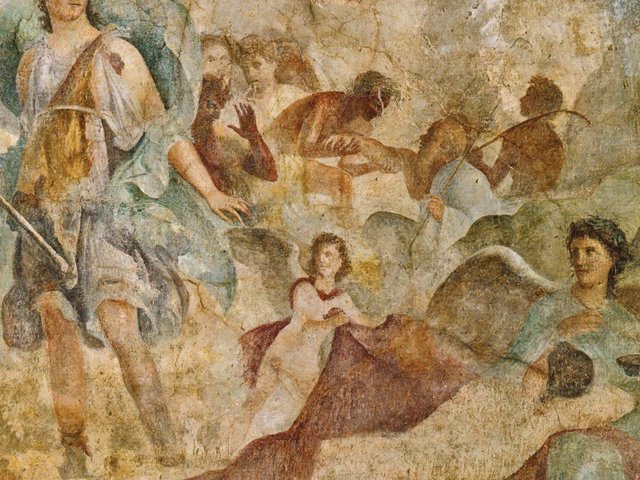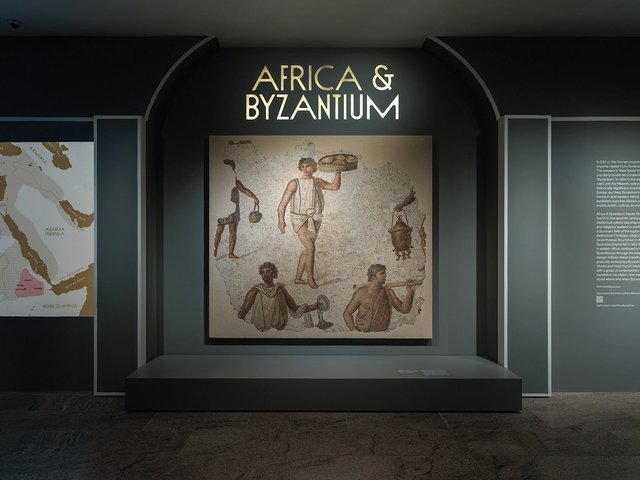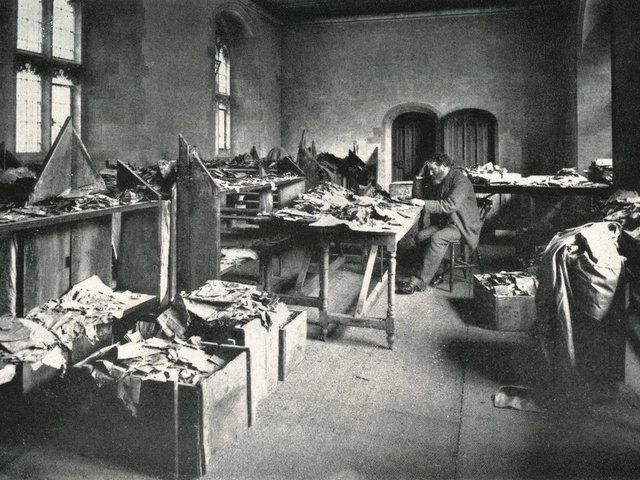Rome’s complex encounter with Hellenistic Egypt and its ancient Pharaonic heritage came to a head in 31BC, when Octavian defeated Antony and Cleopatra at the Battle of Actium, securing his position as the first Roman emperor and annexing the ancient kingdom. The regime’s poets presented the conflict as a triumph of civilisation. Virgil evokes a vision of Egypt’s monstrous, animal-headed gods ranged against the Roman Neptune, Venus and Minerva, barking at them. But the reality was much more complex, for the Romans were already becoming captivated by the sumptuous exoticism of Egyptian culture.
The foreignness of Egypt was instantly recognisable then, as it is today, in its distinctive visual and material culture: block-like, hard-stone statues and inscribed obelisks; schematic painted figures that flouted the conventions of perspective and naturalism; mysterious hieroglyphs, already illegible to almost everyone at that time; scarab beetles and mummies. There was also the allure of ancient wisdom, and especially the cult of Isis, already well attested in Italy, and briefly persecuted, in the Republican period.
Throughout the imperial era the stereotypical trappings of Egyptian religion were imported into Roman Italy. They included tangible imports such as statues, but also the visual language of aegyptiaca. At the end of the first century BC we start to find inauthentic but plausible Egyptian-style figures decorating Roman wall paintings in a more or less arbitary manner. The private use of Egyptian imports spread through Italy, as did the cult of Isis. The Iseum at Pompeii was quite literally plastered with stereotypical symbols of Egypt, including paintings of snakes and crocodiles and striding sacred ibises.
The Pompeian Iseum is one of four key topics used by Molly Swetnam-Burland in Egypt in Italy to tease out the complexities of Egyptian and Egyptianising art in the early Roman Empire. It persuasively illustrates how the imported visual vocabulary was integrated in much more traditional patterns of religious and social practice. Its central paradox is that the vivid projection of alterity conjured up by Egyptian imagery had become as fundamentally Roman as chicken tikka masala is British. More specifically, any comprehensive understanding of Roman art needs to take proper account of Roman aegyptiaca.
The first chapter deals with the commodification Egyptian imagery and its physical and conceptual absorption into Italian culture in the early decades after Actium. The second sets out a more subtle, contextual account of the politically-charged obelisks that Octavian had shipped to Rome and set up in his aggrandised urban centre. In very different ways all of the artefacts, from portable domestic luxuries to Egyptianising sculptures manufactured in Italy, and imported 300-tonne granite monoliths, served as “constructed visions of Egypt”. A final chapter examines Roman concepts of Egypt more broadly, including the Nilotic imagery of Hellenistic origin which was at least as popular as the older Pharaonic art.
In practice Swetnam-Burlan’s effort to emphasise the Italian artistic and ritual contexts of appropriated Egyptian imagery does not amount to a radically new argument. Egypt in Italy is an empirically rich, intellectually probing, but ultimately slightly inconclusive, book. This is partly because of the author’s justifiable reluctance to reach for all-encompassing explanations for her highly variegated examples. What she does offer is a fascinating, nuanced account of an extraordinary phenomenon of cultural borrowing.
• Peter Stewart is the director of the Classical Art Research Centre and an associate professor of Classical art and archaeology at the University of Oxford
Egypt in Italy: Visions of Egypt in Roman Imperial Culture
Molly Swetnam-Burland
Cambridge University Press, 261pp,
£70 (hb)




